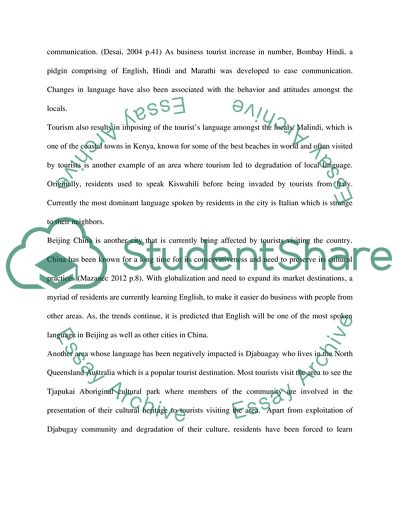Cite this document
(“Negative impacts of tourism Essay Example | Topics and Well Written Essays - 1750 words”, n.d.)
Retrieved from https://studentshare.org/tourism/1667457-negative-impacts-of-tourism
Retrieved from https://studentshare.org/tourism/1667457-negative-impacts-of-tourism
(Negative Impacts of Tourism Essay Example | Topics and Well Written Essays - 1750 Words)
https://studentshare.org/tourism/1667457-negative-impacts-of-tourism.
https://studentshare.org/tourism/1667457-negative-impacts-of-tourism.
“Negative Impacts of Tourism Essay Example | Topics and Well Written Essays - 1750 Words”, n.d. https://studentshare.org/tourism/1667457-negative-impacts-of-tourism.


